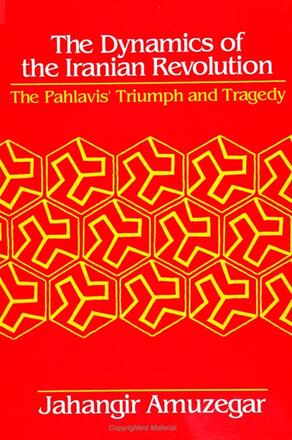
Dynamics of the Iranian Revolution
The Pahlavis' Triumph and Tragedy
Alternative formats available from:
Description
Going back to the turn of the century, this book offers a cogent analysis and an objective assessment of the origins and dimensions of the 1979 Iranian Revolution. It reassesses the narrowly focused post-revolution explanations, as it traces the fate of the Pahlavi dynasty to deep-rooted and structural weaknesses and contradictions in Iranian society, economy, and politics.
This critical examination leaves the reader with a deeper understanding of Iran's modern history and an appreciation for the interplay of forces currently at work within the Islamic Republic. It also provides persuasive commentary on the inherent plight of other Third World countries plagued with similar legacies and pre-revolutionary conditions.
Jahangir Amuzegar is an international economic consultant. He was formerly a university professor, a cabinet minister, an ambassador, and an executive director of the International Monetary Fund.